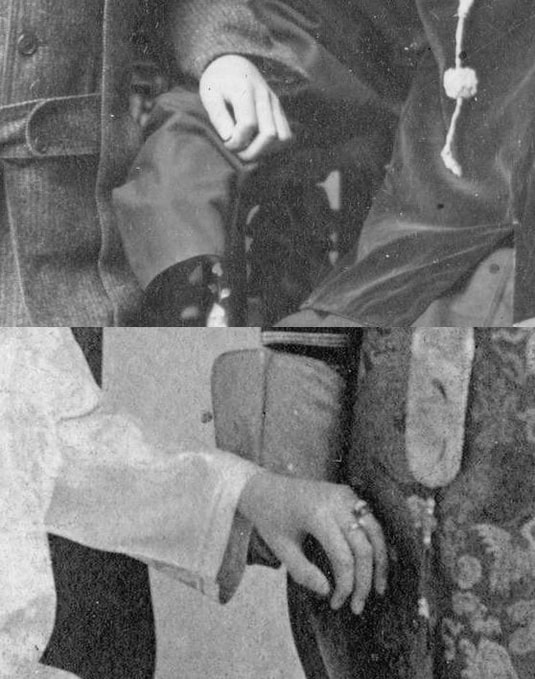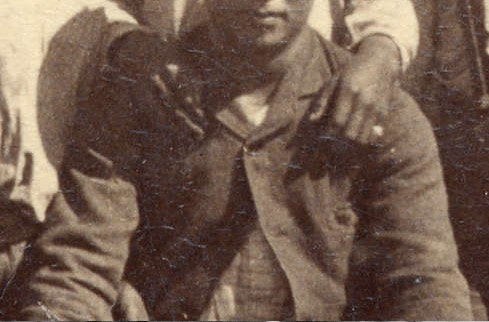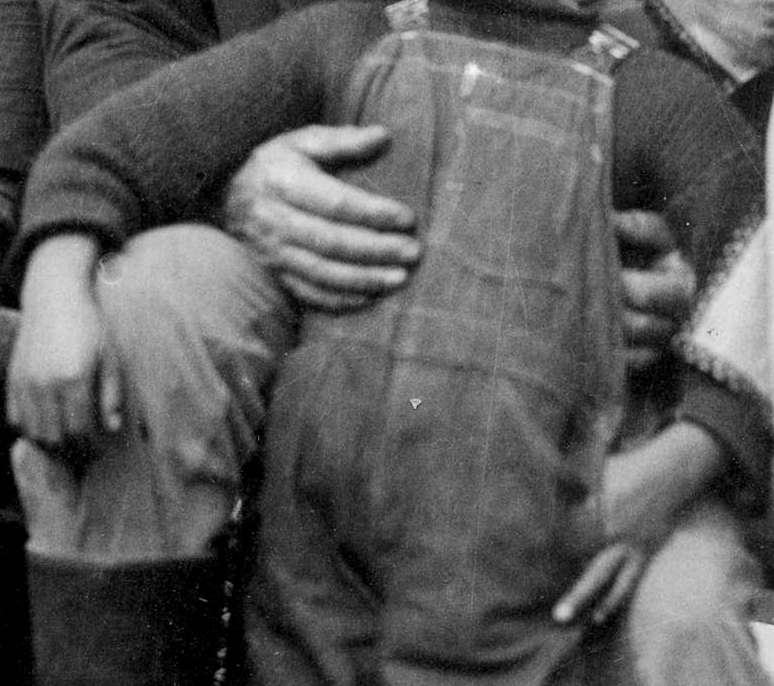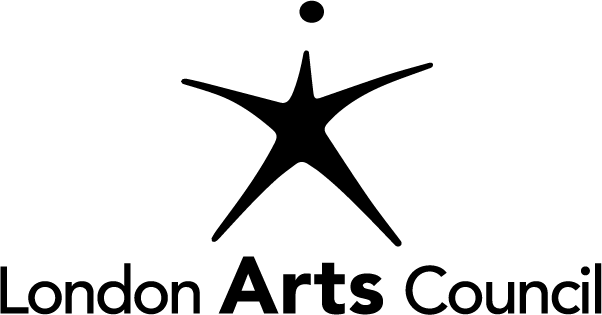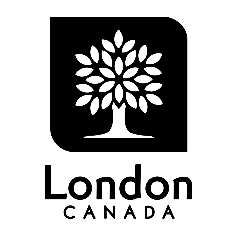|
ECH: Tell us a little about yourself.
I’m an artist. :) ECH: Briefly describe your art practice. I think most people can’t describe what I do, including myself. My work is scattered and ephemeral, sometimes dense. It often moves from language into other materials and back again. I think I get invited into projects mostly because people want to talk to me, not because they are particularly excited about what I produce. ECH: What role does your cultural identity play in your work? I’m interested in discussions around identity when they are tied to social or systemic questions. Identity is the history and culture and kinships that you cannot help but carry with you, that have materially affected how you are in the world. There is so much that lies outside of the neoliberal white supremacist colonial culture that we are experiencing at present and at best our identities can point to ways of being that help us flourish outside of this state as well as challenge it. ECH: As a person of colour, what challenges do you face navigating the art world? There are a lot of assumptions about how the art world should be that are shaped by white supremacy. For a long time I didn’t understand why I always felt off or misplaced within this scene. I’m still processing how deeply affected I’ve been by this. Nowadays I try to prioritize cultural practices that have autonomy within or outside of this structure. There is no singular art world, and the world that most people think of as the art world is pretty dull. Culture is everywhere and is practiced by everyone, even if it’s not recognized within contemporary art. |
ECH: Could you share a little bit about your experience during the pandemic?
The pandemic has really highlighted social inequity, who can and cannot literally afford to be safe. I’ve spent a lot of time supporting various communities that I’m connected to, witnessing and experiencing the interconnected impact on economically marginalized populations. It’s been busy and exhausting but I’ve certainly not had the worst of it and I am in a stable place at present which feels good.
ECH: If any, can you tell us about your connection/experience/history with the Embassy Culture House?
I grew up in London ON and used to go to all-ages punk shows at the Embassy when I was a teen. Later I befriended Ron and Jamelie, who told me that there was a whole other history to that space. A few of my teachers, like Michael Fernandes, exhibited at ECH back in the day. Now I sit on the advisory circle for the newly revived Embassy Cultural House website.
ECH: Do you think a dedicated “Asian Heritage Month” in Canada is still relevant? If so, could you give an example of how it is a benefit to you and the general public? If not, could you offer an alternative approach for rethinking this month and/or raising awareness of Asian cultural issues?
I’m not sure if Asian Heritage Month/Asian Pacific Heritage Month is an approach that I am inclined toward. I am wary of representation as it can become a rather trite means to an end. As I mentioned before, I hope that such gestures can raise awareness and consequently shift the culture towards structural changes that extend beyond one lunar cycle. I think especially today our dialogue can and should move beyond discussions of diversity and inclusion. Asia Pacific refers to a region that takes up half the world and is much more heterogeneous than immigrant stories of Han Chinese settlers that are usually forefronted when people commemorate this month. I’m not sure if it all fits under one umbrella. I would prefer to recognize differences and find those commonalities through engagement rather than assume them.
I did grow up with intense experiences of racism and I do appreciate when people are familiar with and sensitive to my culture but I wonder how pressing is it to be aware of specifically Asian cultural issues. I tend to see more similarities than differences between myself and non-racialized settlers. However if there is one thing that distinguishes the Asian narrative on Turtle Island I would say that it is a virile xenophobia. This tendency has extended well beyond the Asian community. In solidarity with Asian cultural issues, I would love to see xenophobia challenged in all its forms and greater supports developed for refugees and undocumented migrants.
The pandemic has really highlighted social inequity, who can and cannot literally afford to be safe. I’ve spent a lot of time supporting various communities that I’m connected to, witnessing and experiencing the interconnected impact on economically marginalized populations. It’s been busy and exhausting but I’ve certainly not had the worst of it and I am in a stable place at present which feels good.
ECH: If any, can you tell us about your connection/experience/history with the Embassy Culture House?
I grew up in London ON and used to go to all-ages punk shows at the Embassy when I was a teen. Later I befriended Ron and Jamelie, who told me that there was a whole other history to that space. A few of my teachers, like Michael Fernandes, exhibited at ECH back in the day. Now I sit on the advisory circle for the newly revived Embassy Cultural House website.
ECH: Do you think a dedicated “Asian Heritage Month” in Canada is still relevant? If so, could you give an example of how it is a benefit to you and the general public? If not, could you offer an alternative approach for rethinking this month and/or raising awareness of Asian cultural issues?
I’m not sure if Asian Heritage Month/Asian Pacific Heritage Month is an approach that I am inclined toward. I am wary of representation as it can become a rather trite means to an end. As I mentioned before, I hope that such gestures can raise awareness and consequently shift the culture towards structural changes that extend beyond one lunar cycle. I think especially today our dialogue can and should move beyond discussions of diversity and inclusion. Asia Pacific refers to a region that takes up half the world and is much more heterogeneous than immigrant stories of Han Chinese settlers that are usually forefronted when people commemorate this month. I’m not sure if it all fits under one umbrella. I would prefer to recognize differences and find those commonalities through engagement rather than assume them.
I did grow up with intense experiences of racism and I do appreciate when people are familiar with and sensitive to my culture but I wonder how pressing is it to be aware of specifically Asian cultural issues. I tend to see more similarities than differences between myself and non-racialized settlers. However if there is one thing that distinguishes the Asian narrative on Turtle Island I would say that it is a virile xenophobia. This tendency has extended well beyond the Asian community. In solidarity with Asian cultural issues, I would love to see xenophobia challenged in all its forms and greater supports developed for refugees and undocumented migrants.
Images from Touch series. S F Ho: They are small photos that I found and cropped while going through the City of Vancouver Archives. I was looking at images of early Chinese settlers while also looking for certain forms of intimacy across time.
